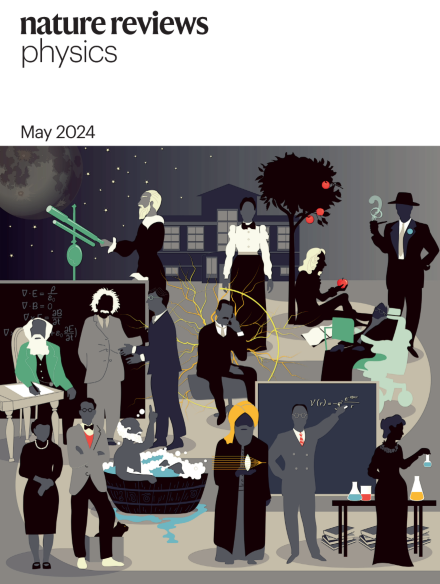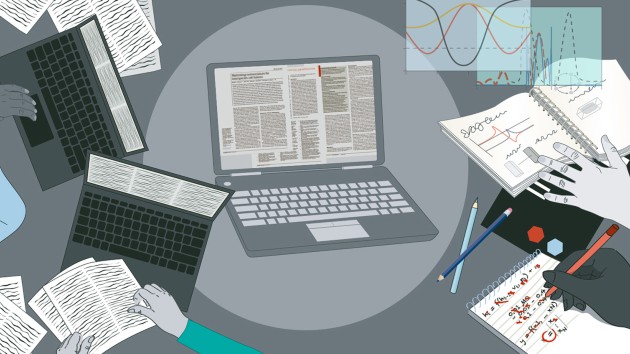
Physics as a human endeavour
This month we start a Collection of articles to provide a forum for an interdisciplinary conversation on the practice of doing physics, in all its complexity and human-ness.

This month we start a Collection of articles to provide a forum for an interdisciplinary conversation on the practice of doing physics, in all its complexity and human-ness.


Entropy is central to statistical physics, but it has multiple meanings. This Review clarifies the strengths of each use and the connections between them, seeking to bolster crosstalk between researchers and to emphasize the power of inference for non-equilibrium physics.
